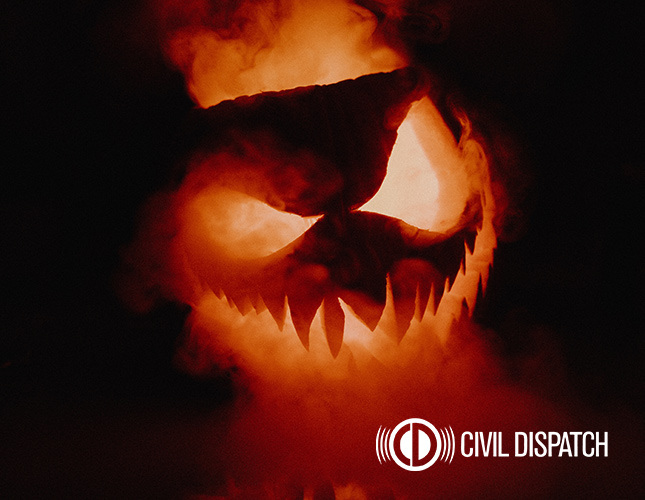
For the past few weeks, homeowners have been decorating their front porches. Skeletons linger by their tombstones in front yards. Cobwebs dangle from archways and balconies as giant spiders climb over rooftops. Scarecrows stand watch over pumpkins perched on front steps.
For some, October means trips to the apple orchard or pumpkin patch. Hayrack rides and corn mazes. Meanwhile, The more daring look to conquer the city’s scariest haunted houses.
All of the decorating and fall festivities can only mean one thing: Halloween is rapidly approaching.
Before you and your family dress up in your costumes, take a minute to review these Halloween tips to keep everyone safe.
Costume safety
-
Dress for the weather. Whether it’s 30 degrees in the Midwest or 80 degrees in the desert, make sure your child’s costume will protect them from Mother Nature. No one wants to be miserably hot or cold while they’re trick-or-treating.
-
Ensure costumes are fire resistant. Any costume that includes long, flowy material is a recipe for potential trouble. Capes or wigs could easily catch open flames from bonfires or jack-o-lanterns, and no one wants to have to stop, drop and roll on Halloween.
-
Invest in good walking shoes. Sure, shoes make a costume even better, but Dorthy running around the neighborhood with Toto in uncomfortable sparkly shoes is going to make the night substantially less fun. Shoes should be comfortable, closed-toe, supportive and good for running.
-
Pop on some glow sticks. When night falls, you will still be able to see everyone in your group running around, and so will any motorists passing through the neighborhood.
Trick-or-treating safety
-
Always trick-or-treat in a group. It’s the common phrase−safety in numbers−and it applies on Halloween, too. Ideally, trick-or-treaters should always be accompanied by a responsible adult, but young tweens and teens aren’t always willing to comply with that. Whatever you do, just make sure your trick-or-treaters travel in a group of five or more.
-
Remove any obstructive costume pieces between houses. Pieces such as masks or other eyewear make it difficult to see as you travel from house to house. Taking the mask off for a few minutes will help ensure no one trips and falls during their trip around the neighborhood.
-
Follow neighborhood guidelines. Most neighborhoods, cities or counties provide specific timeframes for trick-or-treating. These guidelines aren’t meant to be limiting but are looking out for the safety of trick-or-treaters. Also, remember to only visit homes that have their porch lights on.
-
Beware of motorists. Always look both ways before crossing the street. When it’s night, drivers sometimes have trouble spotting trick-or-treaters. Never assume the right away until everyone is positive it is safe to cross.
Candy safety
-
Be mindful of food allergies. If you are handing out candy, try to have nut-free and gluten-free options for children with allergies. Parents of children with food allergies should talk with their kids about what kinds of candy they can safely eat.
-
Never eat open candy. It seems like common knowledge, but kids don’t necessarily think anything of it. Be sure to warn them.
-
Avoid homemade goods. Teach your child how to politely turn them down.
If you haven’t already, sign up for text messages from Civil Dispatch to get up-to-date information on threats and severe weather in your area!